Bhendi Bazaar, once known for its vibrant yet congested streets, is now witnessing a grand transformation through the Saifee Burhani Upliftment Project (SBUP), India's largest cluster redevelopment project located in the heart of Mumbai. The project aims to create a healthier and happier neighborhood, enabling both residential and commercial life to flourish with elevated living standards and holistic growth. Spanning 16.5 acres of land, the ambitious redevelopment project encompasses over 250 existing buildings, housing 3,200 families and 1,250 shops. The vision is to seamlessly integrate these structures into a state-of-the-art sustainable neighbourhood, complete with new buildings, wide roads, modern infrastructure, open spaces, and well-connected commercial areas while preserving of cultural ties between the land and its people.
Contributed by the Saifee Burhani Upliftment Trust (SBUT), this article sheds light on the intricacies of the project and how was it designed to meet the present and future socio-economic needs by following the best principles of urban planning.
Read along for more insights:
 Mumbai's iconic neighbourhoods provide a glimpse into the city's history, holding a deep-rooted trail of numerous cultural influences right from before the British Raj and beyond our independence. Carrying these imprints throughout the years in various shapes, forms, and sizes, each ancient neighbourhood in Mumbai has its own story to tell. The bustling markets of Bhendi Bazaar to the grandeur of Fort are among the many that capture the charm of old Bombay.
Mumbai's iconic neighbourhoods provide a glimpse into the city's history, holding a deep-rooted trail of numerous cultural influences right from before the British Raj and beyond our independence. Carrying these imprints throughout the years in various shapes, forms, and sizes, each ancient neighbourhood in Mumbai has its own story to tell. The bustling markets of Bhendi Bazaar to the grandeur of Fort are among the many that capture the charm of old Bombay.
Having stood the test of time, these neighbourhoods today have reached the brink of dilapidation – with flooded streets in monsoons, water cuts, low electricity, congested lanes, and rooms that made these neighbourhoods inhabitable. Bhendi Bazaar, a true case study for the same, was yearning for redevelopment and preservation work.
Over the years, the area's strategic location near the Mumbai port made it an important hub for trade and commerce, with goods flowing in and out of the city. MHADA had also classified more than 80% of the structures as unfit for habitation. Seeing the locals of Bhendi Bazaar carrying on with their day-to-day lives in such extreme living conditions, the late Syedna Mohammed Burhanuddin envisioned the complete ground-up redevelopment of Bhendi Bazaar, with the establishment of the Saifee Burhani Upliftment Trust (SBUT) in 2009.
SBUT is now being carried forward by the leader of the worldwide Dawoodi Bohra community, Syedna Mufaddal Saifuddin, to uplift and upgrade the lives of over 20,000 people living and working in Bhendi Bazaar. As one of the largest cluster redevelopment projects in Mumbai, it aims to transform the 16.5 acres neighbourhood, known for its historic and densely populated structures, into a modern and sustainable urban area.
Such an enormous redevelopment project set in the heart of a city like Mumbai brings with it its own set of concerns and challenges for people, local businesses, and the government. The large-scale Bhendi Bazaar upliftment project needs cooperation from residents, approval from several government organizations, and the unexplored territory - completion of numerous administrative processes that can be arduous. Because of the area's deep-rooted social and cultural ties, relocating residential and business tenants to transit facilities was challenging. SBUT adopted a people-first approach, worked with tenants, identified their wants and expectations, and effectively relocated them to transit homes and shops until their new ownership homes and commercial spaces in the new Bhendi Bazaar are made ready.
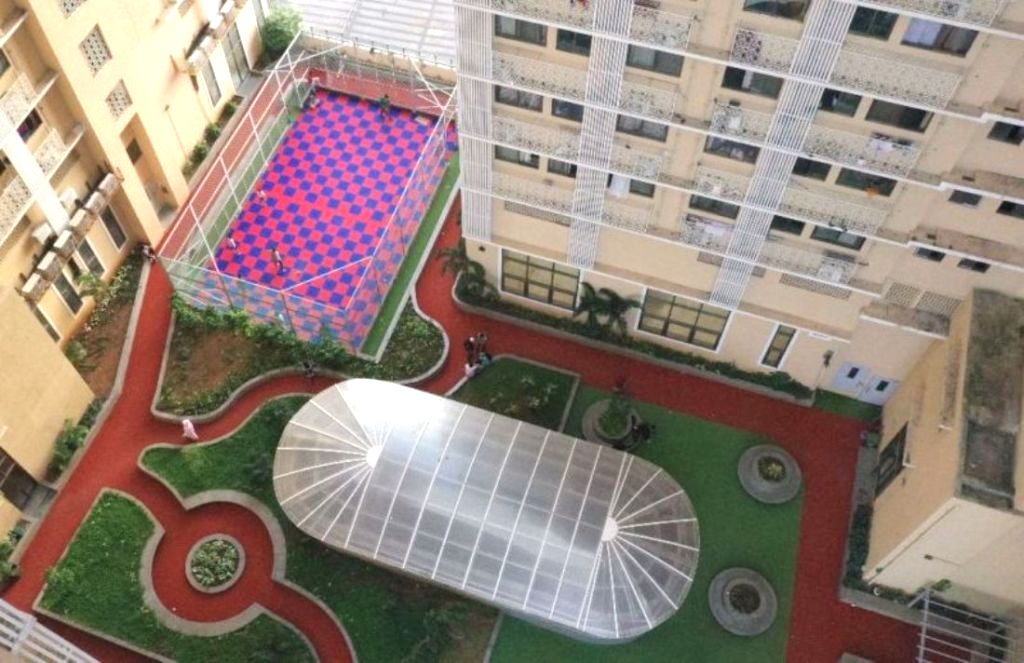 The neighbourhood comprised around 250 dilapidated buildings and approximately 20,000 residents. SBUT undertook the cluster redevelopment route to bring in this massive transformation without much hassle to the livelihoods.
The neighbourhood comprised around 250 dilapidated buildings and approximately 20,000 residents. SBUT undertook the cluster redevelopment route to bring in this massive transformation without much hassle to the livelihoods.
Phase 1 of the project, Al Sa'adah Towers, offers state-of-the-art infrastructure inspired by Fatimid architecture. These towers provide modern and upgraded housing facilities to over 610 families and accommodate 128 businesses that were previously operating in the old structures. The organized construction of modern commercial spaces, such as the shopping plaza with upgraded facilities at Al Sa’adah provides businesses with better premises and visibility that attracts more customers.
The completion of Al Sa'adah Towers marked a significant milestone. In 2020, both the residential and commercial inhabitants who used to live as tenants in the old premises in Bhendi Bazaar came back from dilapidated buildings into a contemporary and well-designed environment. This milestone acted as a testament to other residents of Bhendi Bazaar, gaining their trust and giving redevelopment a greater push in the neighbourhood.
Inspired by Al Sa'adah, the upcoming sectors- Al-Ezz (Sector 6) and An-Nasr (Sector 4) will similarly include various amenities like open spaces, lush green areas, podiums, playgrounds, and recreational facilities for children and adults. The current narrow lanes of Bhendi Bazaar, are being replaced by wider roads that can accommodate tree-lined sidewalks, ensuring a seamless flow of traffic. The finest traffic management practices are incorporated into the neighbourhood design to enhance the overall experience.
The upcoming towers will also feature sustainable resources, such as a dedicated sewage treatment plant, solar panels, rainwater harvesting systems, and garbage disposal units.
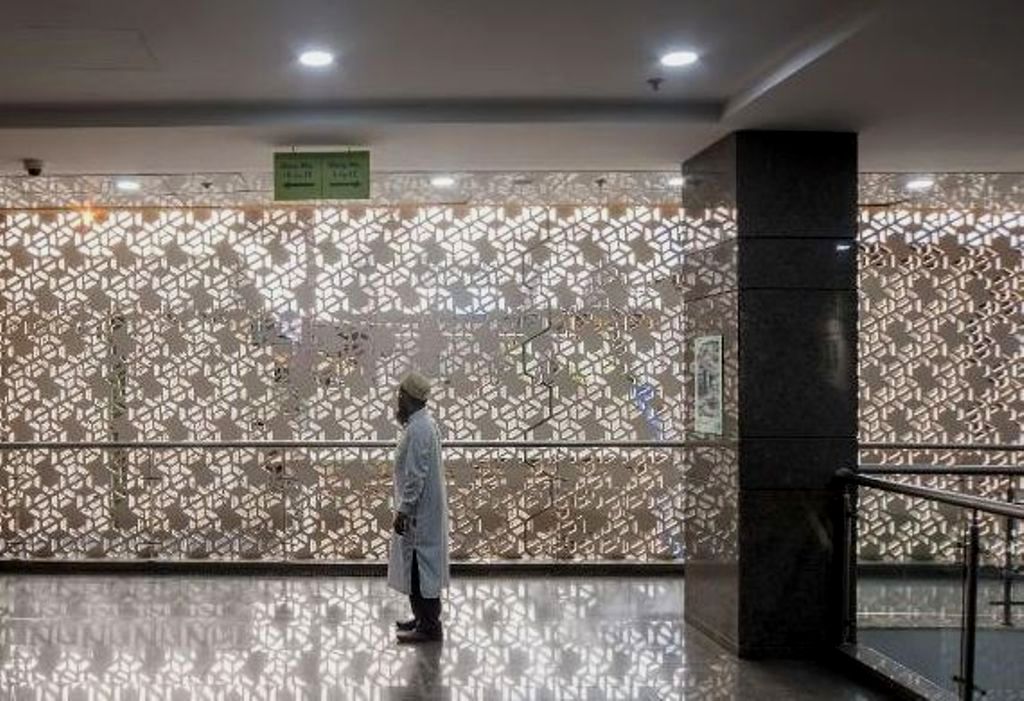 When it comes to cultural preservation, revitalizing a historic area like Bhendi Bazaar is a sentimental affair. The high-rises evolve with a contemporary touch, adding to the vibrant culture of Bhendi Bazaar while retaining its identity. The facades of the structures, which are adapted to Fatimid Architecture, are a stunning blend of its charm and functional architectural aspects. Elements used relate to houses of worship with a practical urban planning approach. The Fatimid architecture incorporates arches, jallis, and latticework to give the neighbourhood a distinct character and add a touch of historical grandeur to the buildings.
When it comes to cultural preservation, revitalizing a historic area like Bhendi Bazaar is a sentimental affair. The high-rises evolve with a contemporary touch, adding to the vibrant culture of Bhendi Bazaar while retaining its identity. The facades of the structures, which are adapted to Fatimid Architecture, are a stunning blend of its charm and functional architectural aspects. Elements used relate to houses of worship with a practical urban planning approach. The Fatimid architecture incorporates arches, jallis, and latticework to give the neighbourhood a distinct character and add a touch of historical grandeur to the buildings.
The rehabilitation of historic neighbourhoods demonstrates the city's dedication to conserving its history while constructing a sustainable and inclusive future. Among the other redevelopment efforts taking place in Mumbai is Dharavi, synonymous with Mumbai slums. Yet another ambitious initiative aimed at transforming one of Asia's largest slum areas into a vibrant, sustainable, and inclusive neighbourhood. The project seeks to address the challenges of overcrowding, inadequate infrastructure, and poor living conditions that have long plagued Dharavi.
Similarly, in revamping Kamathipura, the preservation of its historical and architectural heritage is prioritized, ensuring that the area's unique character is retained. With a focus on crime prevention and safety measures, it aims to create a more inclusive, secure, and dignified living environment for the residents, promoting the overall well-being of the community.
Additionally, the redevelopment of Malvani slums holds the promise of transforming a marginalised community into a thriving and sustainable neighbourhood. The local authorities also plan to have a project, of a colony with wide roads, schools, hospitals, and workplaces while preserving the mangroves. Maharashtra Chief Minister Eknath Shinde recently inaugurated the cluster redevelopment program, in which several buildings in an area are rebuilt together as one unit to get economies of scale as well as space. This will be extended to the entire Mumbai Metropolitan Region.
Pioneering and spearheading this monumental cluster redevelopment project, Saifee Burhani Upliftment Trust is setting a benchmark. The Bhendi Bazaar Redevelopment Project stands as a testament to the transformative power of thoughtful planning, community involvement, and a visionary approach to urban development. The land of Mumbai which is under massive urbanization in various regions will include such iconic neighbourhoods in its landscape that will be very different than before.



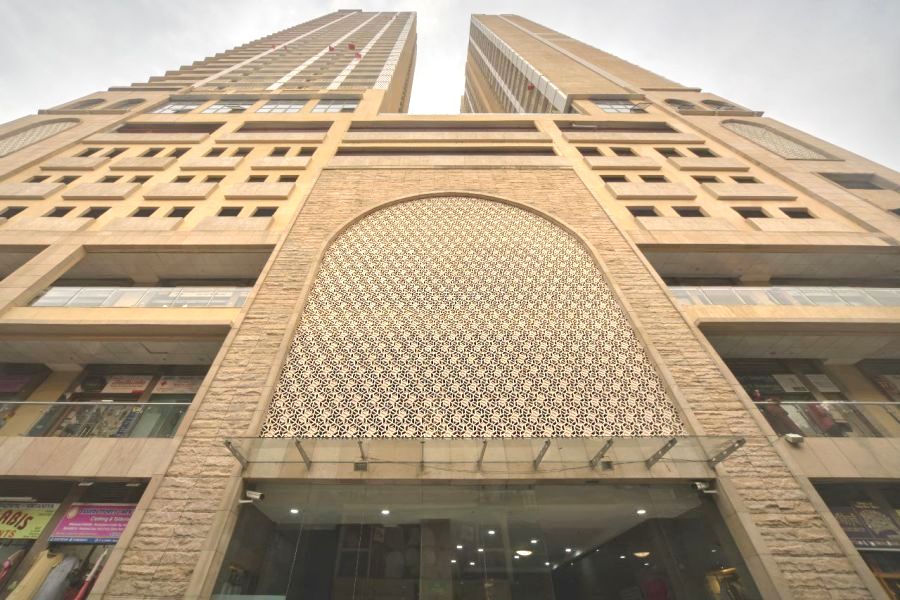
 Mumbai's iconic neighbourhoods provide a glimpse into the city's history, holding a deep-rooted trail of numerous cultural influences right from before the British Raj and beyond our independence. Carrying these imprints throughout the years in various shapes, forms, and sizes, each ancient neighbourhood in Mumbai has its own story to tell. The bustling markets of Bhendi Bazaar to the grandeur of Fort are among the many that capture the charm of old Bombay.
Mumbai's iconic neighbourhoods provide a glimpse into the city's history, holding a deep-rooted trail of numerous cultural influences right from before the British Raj and beyond our independence. Carrying these imprints throughout the years in various shapes, forms, and sizes, each ancient neighbourhood in Mumbai has its own story to tell. The bustling markets of Bhendi Bazaar to the grandeur of Fort are among the many that capture the charm of old Bombay.  The neighbourhood comprised around 250 dilapidated buildings and approximately 20,000 residents. SBUT undertook the cluster redevelopment route to bring in this massive transformation without much hassle to the livelihoods.
The neighbourhood comprised around 250 dilapidated buildings and approximately 20,000 residents. SBUT undertook the cluster redevelopment route to bring in this massive transformation without much hassle to the livelihoods.  When it comes to cultural preservation, revitalizing a historic area like Bhendi Bazaar is a sentimental affair. The high-rises evolve with a contemporary touch, adding to the vibrant culture of Bhendi Bazaar while retaining its identity. The facades of the structures, which are adapted to Fatimid Architecture, are a stunning blend of its charm and functional architectural aspects. Elements used relate to houses of worship with a practical urban planning approach. The Fatimid architecture incorporates arches, jallis, and latticework to give the neighbourhood a distinct character and add a touch of historical grandeur to the buildings.
When it comes to cultural preservation, revitalizing a historic area like Bhendi Bazaar is a sentimental affair. The high-rises evolve with a contemporary touch, adding to the vibrant culture of Bhendi Bazaar while retaining its identity. The facades of the structures, which are adapted to Fatimid Architecture, are a stunning blend of its charm and functional architectural aspects. Elements used relate to houses of worship with a practical urban planning approach. The Fatimid architecture incorporates arches, jallis, and latticework to give the neighbourhood a distinct character and add a touch of historical grandeur to the buildings.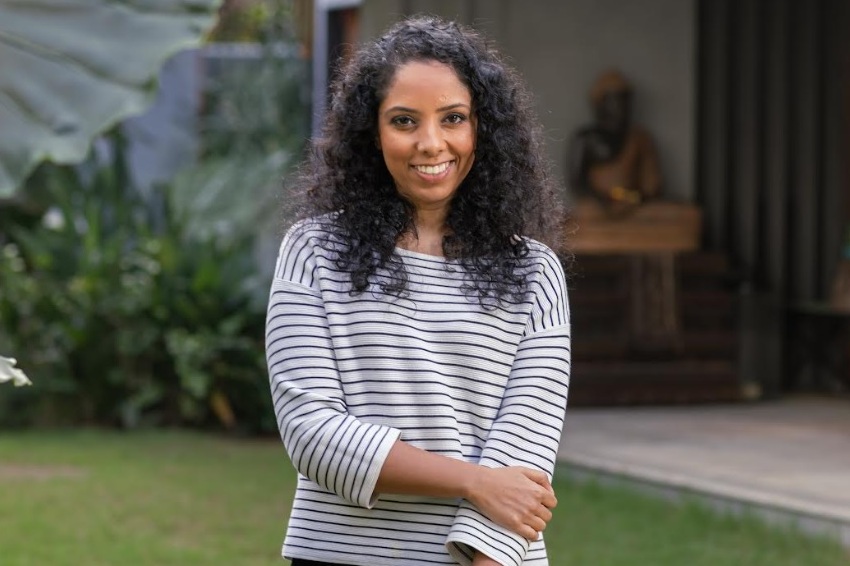
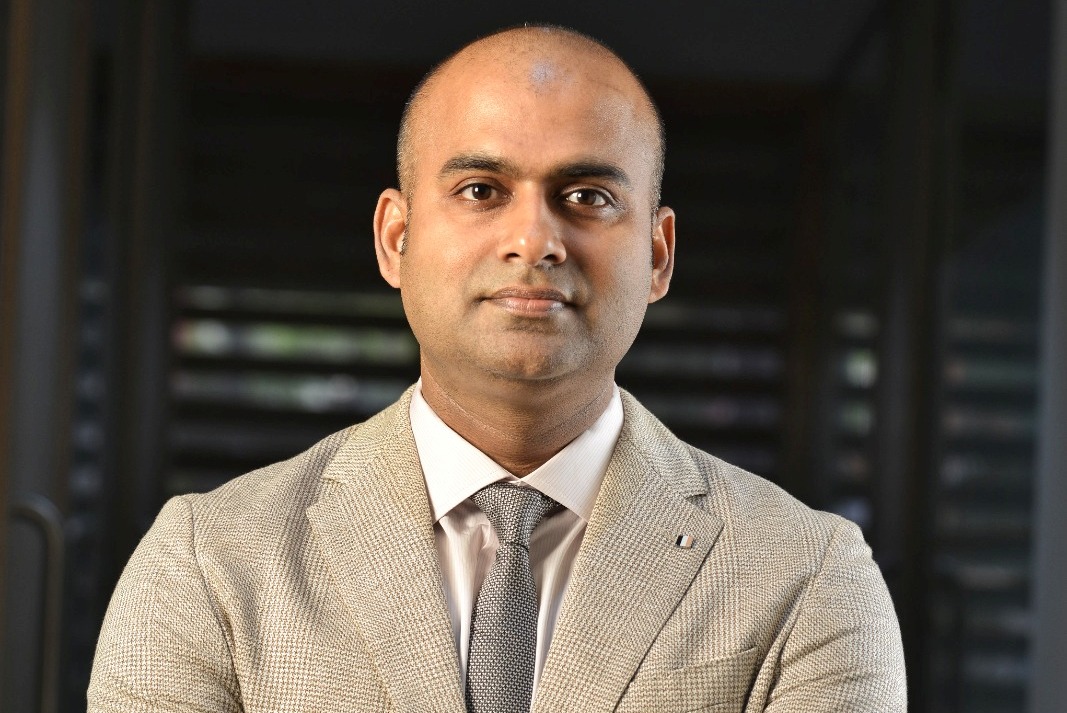
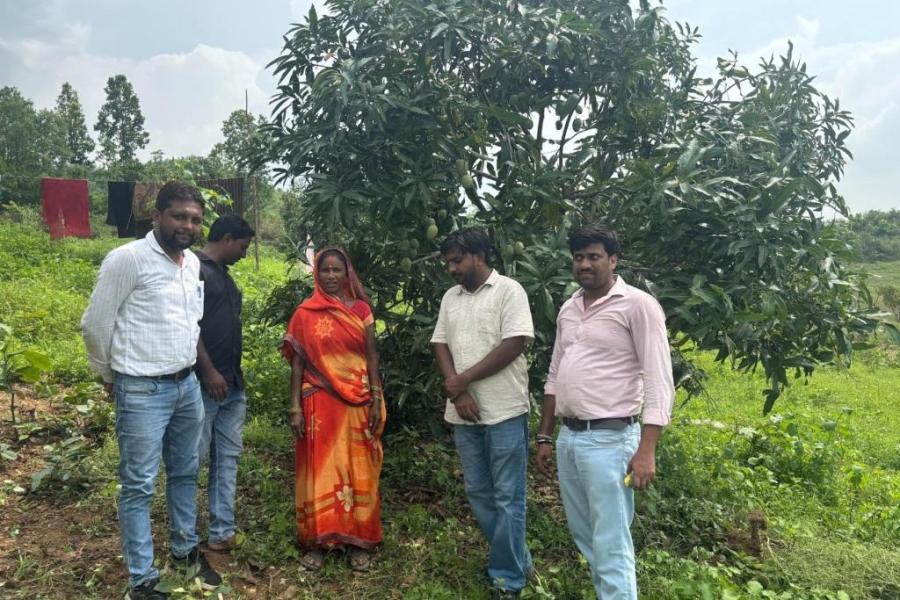

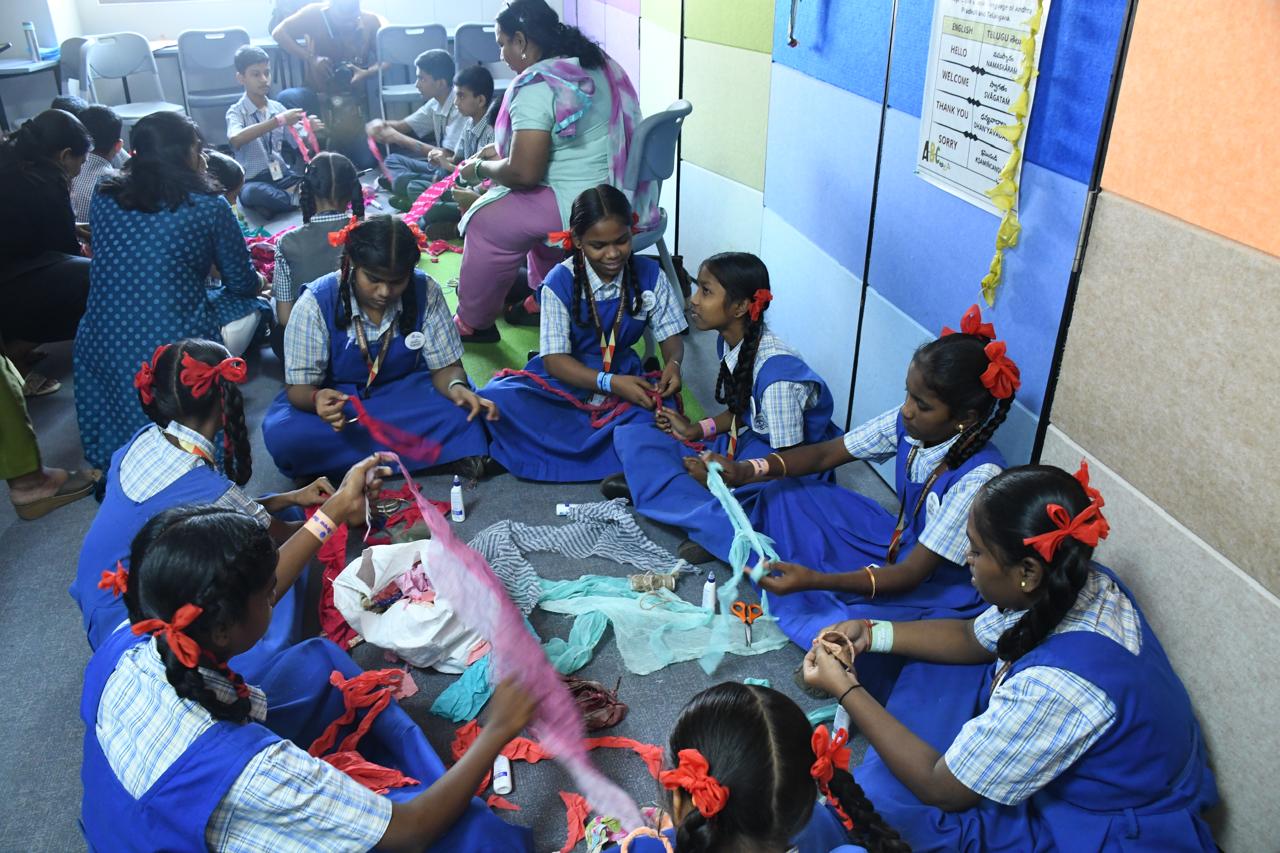
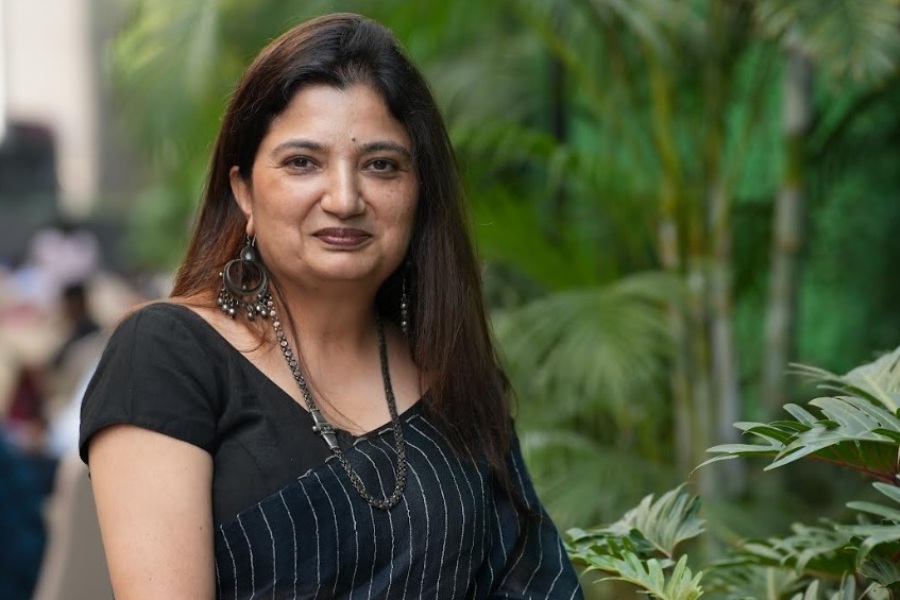
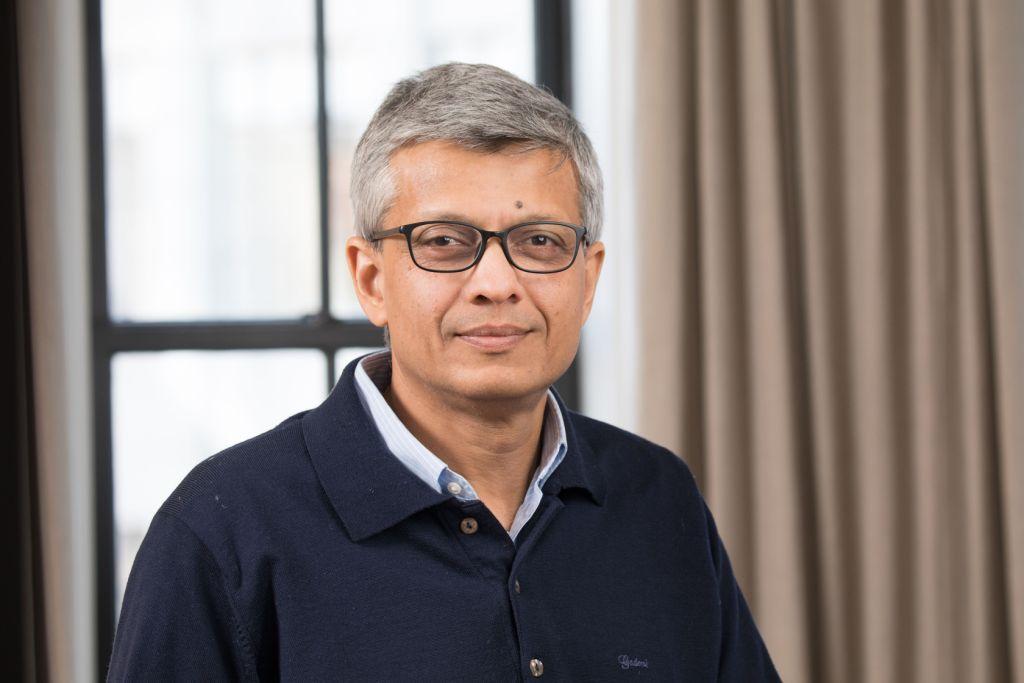
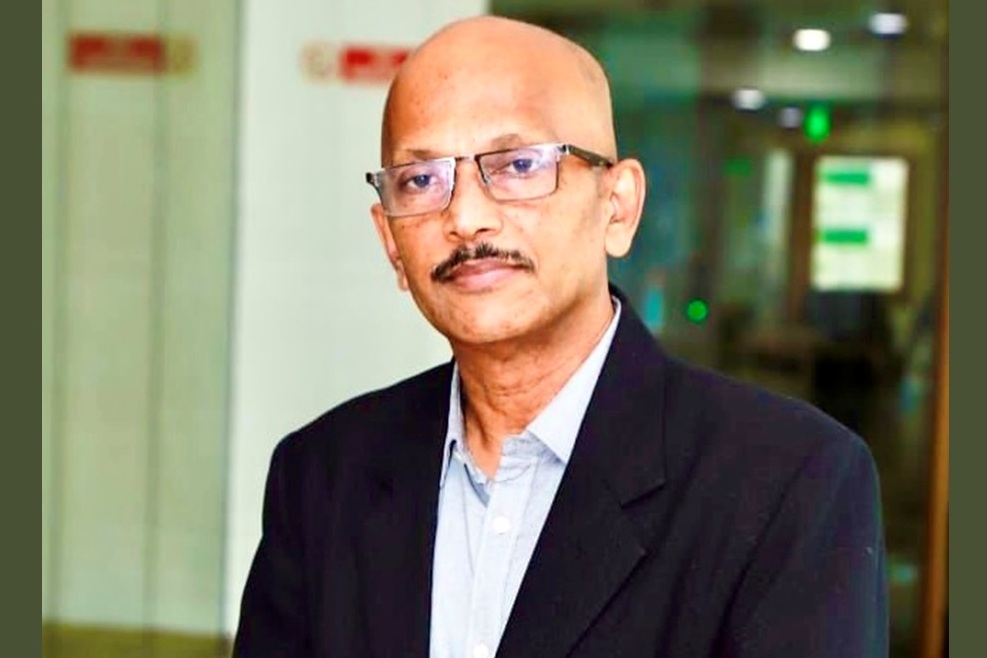
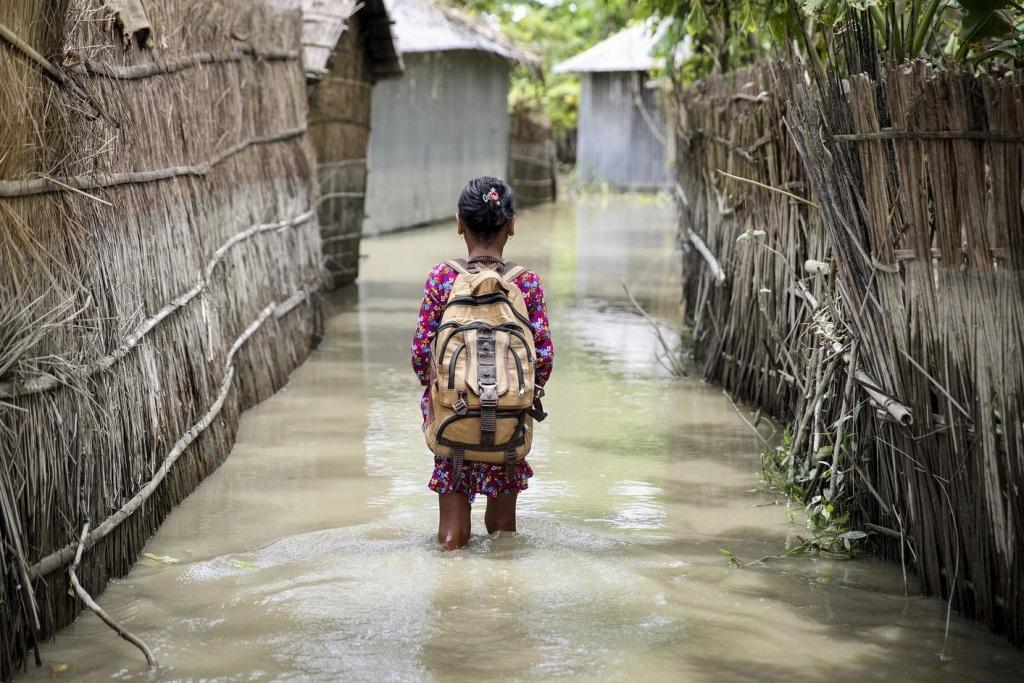


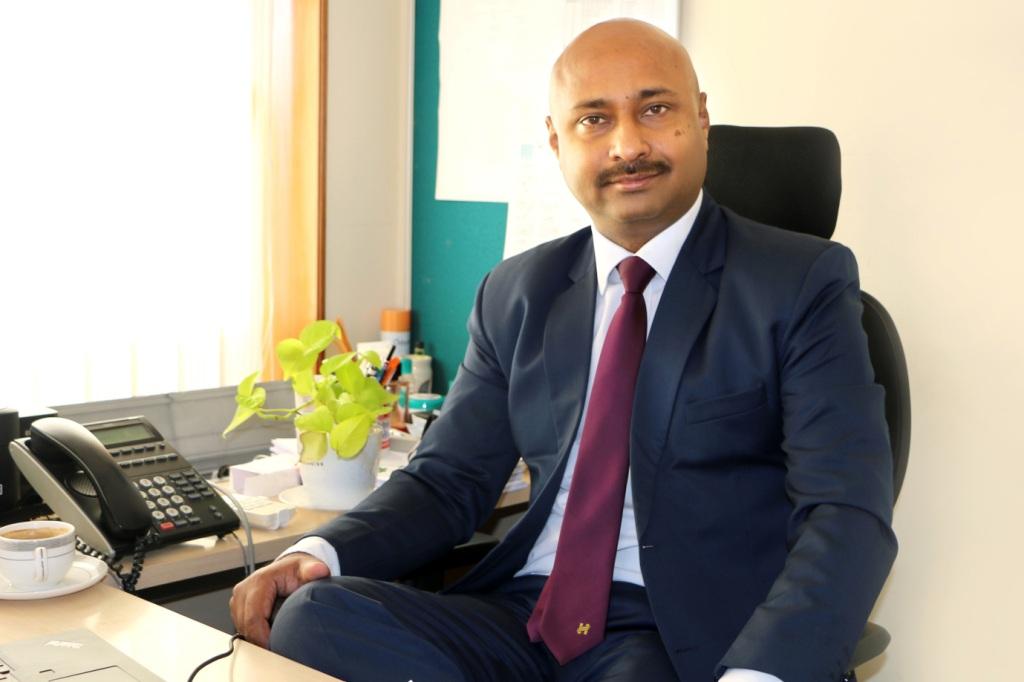

.jpg)




